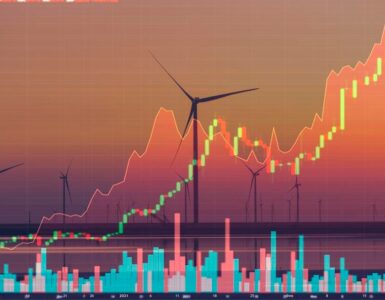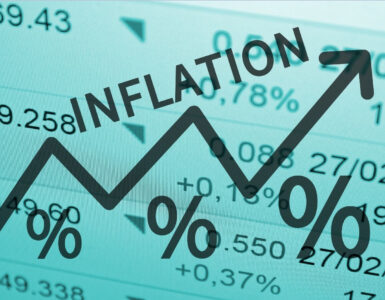U.S. stock futures fell on Wednesday, putting Wall Street on track to give back some of its sharp gains from the last two sessions.
Dow Jones Industrial Average futures declined by 303 points, or 1%. S&P 500 and Nasdaq 100 futures dipped 1% and 0.9%, respectively.
The Dow on Tuesday jumped about 825 points, or 2.8%. The S&P 500 gained nearly 3.1%, while the Nasdaq Composite advanced 3.3%. Those gains, which come on the back of falling bond yields, led to the strongest two-day stretch for the S&P 500 since 2020.
Meanwhile, a weakening in the most recent job openings data had some investors considering whether the Federal Reserve will slow the pace of interest rate hikes.
Market participants wondered whether those signs could mean markets have finally priced in a bottom after the sharp declines in the prior quarter.
“I don’t think you have to worry about a recession until the second half of ’23,” Stifel chief equity strategist Barry Bannister said Tuesday on CNBC’s “Closing Bell: Overtime.” “So there is room for a rally as you go into the early part of next year.”
Traders are expecting a raft of economic reports on Wednesday.
Data on weekly mortgage applications is expected. September’s ADP private payrolls report is due out at 8:15 a.m. ET. The latest international trade reading is due at 8:30 a.m. ET, while the ISM services index is set to be released at 10 a.m. ET.
Two-day huge move in market offers hope for stronger gains ahead
The back-to-back huge market moves Monday and Tuesday provide some hope that better days are ahead for the stock market.
While single-day bursts often are signs of a bear market bounce, two-day rallies of more than 2% historically have signaled stronger gains in the future.
There have been 31 such instances for the S&P 500 since 1953, and the index has averaged a 0.61% gain one week later following those moves, according to Bespoke Investment Group. While gains tend to muddle along shortly after, the 12-month return typically has been 14.6% and the S&P 500 has been higher 80% of the time.
Having rallies off that size is highly unusual to start the month — Bespoke reports that there was only one other time, in August 1984, when a month began with consecutive gains of 2%.
Source: CNBC










